 Swollen Elbow Drained | Olecranon Bursitis Aspirated - YouTube
Swollen Elbow Drained | Olecranon Bursitis Aspirated - YouTube... clear and understandable information about muscles, bones and joints Olecranon Bursitis Patient Guide for Olecranon BursitisIntroductionOlecranon's bursitis is the inflammation of a small sack of fluid located at the end of the elbow. This inflammation can cause many problems in the elbow. This guide will help you understand Anatomy Where is the bursa olecranon, and what does it do? A donkey is a sack made of thin and slippery tissue. The stains occur in the body where the skin, muscles, or tendons need to slide over the bone. Fats are lubricated with a small amount of fluid inside that helps to reduce friction of the sliding parts. The olecranon bursa is between the tip, or the point, of the elbow (called the olecranon) and the overfeeding skin. This donkey allows the elbow to bend and straighten freely under the skin. Related document: Causes How does olecranon bursitis develop? Bursitis is the inflammation of a bursa. The bursa olecranon can be irritated and inflated in several ways. In some cases, a direct blow or a fall in the elbow can damage the bursa. This usually causes bleeding in the bursa sac, because the blood vessels in the tissues that make up the bursa are damaged and broken. In the skin this would simply form a bruise, but in a gross blood it can actually fill the bag of bursa. This makes the donkey swell like a water-filled rubber balloon. Blood in the bursa is believed to cause an inflammatory reaction. The walls of the donkey can thicken and remain thick and tender even after the blood has been absorbed by the body. This thickening and swelling of the bursa is known as olecranon bursitis. Olecranon bursitis can also occur for a longer period of time. People who constantly put their elbows on a hard surface as part of their activities or work can repeatedly damage the donkey. This repeated injury can lead to irritation and thickening of the bursa over time. Chronic irritation leads to the same condition at the end: olecranon bursitis. Olecranon bursa can also get infected. This can happen without any warning, or it can be caused by a small skin injury and infection on the donkey that spreads to the donkey. In this case, instead of blood or inflammatory liquid in the bursa, it is filled with pus. The area around the bursa becomes hot, red, and very tender. SymptomsHow does olecranon bursitis feel? Olecranon's bursitis causes pain and swelling in the area at the end of the elbow. It may be very difficult to lower the elbow on a surface due to tenderness. If the condition has been present for some time, small lumps can be felt under the skin on the olecranon. Sometimes these lumps feel that something is floating around in the bursa olecranon, and they can be very tender. These lumps are usually thickened folds of burial tissue that have been formed in response to chronic inflammation. The bursa sack can be swollen and filled with fluid at times. This is usually related to the level of activity, and more activity usually causes more inflammation. Over time the bursa can grow very thick, almost like a elbow in the olecranon. Finally, if the bursa becomes infected, the elbow swells and becomes very tender and warm to the touch around the bursa. He may have fever and feel chills. An abscess, or pus area, can form in the elbow. If the infection is not treated quickly, the abscess can even start draining, which means the pus starts to seep out. Diagnosis How do doctors identify the condition? The diagnosis of olecranon bursitis is generally obvious from physical examination. In cases where the elbow is swollen immediately after a fall or other injury to the elbow, X-rays can be necessary to ensure that the elbow is not fractured. Usually, chronic olecranon bursitis is also easy to diagnose without special tests. If your doctor is not sure if the bursa is infected or not, a needle can be inserted into the bursa and the removed liquid. This fluid will be sent to a test lab. Results are used to determine whether the infection is present. If so, the type of bacteria that is causing the infection is identified. Your doctor will use this information to know what antibiotic will work best to cure the infection. Treatment What can be done for olecranon bursitis? Non-surgical treatmentThe olecranon bursitis that is caused by an injury usually disappears by itself. The body will absorb the blood in the bursa for several weeks, and the bursa must return to normal. If swelling in the bursa is causing a slow recovery, a needle can be inserted to drain the blood and accelerate the process. There is a slight risk of infection in putting a needle in the bursa. Chronic olecranon bursitis is sometimes a real nuisance. Swelling and tenderness are interposed in the way and cause pain. This can create a difficulty both at work and during recreational activities. Treatment usually begins by trying to control inflammation. This may include a short rest period. Your doctor may suggest medicines such as ibuprofen and aspirin to control inflammation and inflammation. A elbow pad can be useful to facilitate the placement of the elbow on hard surfaces. If the donkey remains filled with liquid, a needle can be inserted and the liquid is drained. During the drainage procedure, if there is no evidence of infection, a small amount of cortisone can be injected into the bursa to control inflammation. Again, there is a small risk of infection if the bursa drains with a needle. Your doctor may also prescribe professional rehabilitation to evaluate and treat problems that are causing your symptoms. Your physical or occupational therapist may suggest the use of heat, ice, and ultrasound to help ease pain and swelling. You can be given tips and strategies to avoid the movement of the repetitive elbow and to do your activities without putting extra pressure on your elbows. If an infection is causing olecranon bursitis, the bursa will have to be drained with a needle, perhaps several times in the first few days. You will be placed on antibiotics for several days. SurgeryBursa DrainageBursa Drainage If the infection is slow to heal, the bursa may have to be surgically drained. This method is different from the non-surgical drainage mentioned above. Surgery to drain the bursa begins with an incision to open the bursa. The skin and the bursa are kept open when inserting a drainage tube into the bursa for several days. This allows pus to drain and helps antibiotics to clear up the infection. RemovalBursa RemovalThe surgery is sometimes necessary to remove a thick bursa that has not improved with any other treatment. Surgical removal is usually done because the swollen bursa is restricting its activity. To remove the bursa olecranon, an incision is made on the elbow tip. Since the bursa is out of the elbow joint, the joint never enters. The thick bursa sac is removed, and the skin is repaired with points. Your elbow can be placed in a stylin to rest your elbow and prevent it from moving for a few days. This allows the wound to begin healing and prevents bleeding in the area where the bursa was removed. Some types of bursa will grow after surgery, because the skin needs to slide over the olecranon gently. The body forms another bursa in response to the movement of the olecranon against the skin during the healing phase. If everything goes well, the bursa that returns after surgery will not be thick and painful, but rather a normal bursa. Rehabilitation What should I expect after treatment? Non-surgical rehabilitationThe chronic olecranon bursitis will usually improve over a period of weeks to months. The liquid-filled sac is not necessarily a problem. If it does not cause pain, it is not always cause of alarm or treatment. The liquid sac can come and go with variation in the activity. This is normal. After surgery If surgery is required, you and your surgeon will develop a plan for your rehabilitation. You'll have a rest period. You will also need to start a careful and gradual exercise program. Patients often work with a physical or occupational therapist to direct exercises for their rehabilitation program after surgery.
Specialist in Higher Extremity and Hand Elbow Bursitis – Inflammation and swelling of Olecranon Bursa In a recent article, I mentioned the film, Heat. I would like to give you an overview of that problem from a more clinically useful perspective. Olecranon bursitis overview Olecranon swollen olecranon Bursitis, left elbowOlecranon bursitis (code borsitis) is an inflammation of a fluid-filled sac at the tip of the ulna bone, on the back of the elbow. A bursa is a part of its anatomy that allows two other parts to move smoothly (out of a joint). They're all over the body, from the knees to the shoulders. The bursa olecranon is irritated and filled with fluid easily because it is right on the elbow tip right below the skin where the elbow rests all the time. This can happen all of a sudden, when you fall down and land in the elbow, or slowly, it may take months. Olecranon bursitis causes symptoms of olecranon bursitis Arco Popeye – olecranon bursitis When should you be treated for bursitis? If the elbow is painful, has limited movement, is draining fluid, or associated with redness or fever, consult your doctor or other healthcare provider. Diagnosis and Tests Diagnosis is usually simple – sometimes finding out exactly what the underlying cause is can be difficult. An X-ray is only useful if arthritis or trauma is suspected. If you have an infected bursa, an X-ray can verify that the bone below is healthy. Sometimes an x-ray of the elbow will show a small spine of the bone connected to the ulna bone, but it is not usually a sign of arthritis. If your doctor suspects the infection, you may want to drain a small sample of fluid from the donkey and have them tested in the lab. Treatment of Olecranon Bursitis Treatment at home may include the following (details below): The simplest treatment is the most common: protecting the elbow from trauma and keeping inflammation down. This usually involves a padded elbow sleeve and wrapping the elbow daily with an ass wrapper. This may take several weeks to reduce swelling. Choosing the elbow at heart level or higher when you are resting at home will help decrease swelling. The occasional ice packs applied to the elbow will also help with swelling. Anti-inflammatory drugs for pain and inflammation may be recommended. Infections should be drained and treated with antibiotics. Sometimes this should be done in the O.R. in surgery, and may require a short stay in the hospital. Avoid unnecessary drainage procedures If a elbow donkey is not infected, I don't usually recommend drainage. In fact, if the proper technique is not used, putting a needle in a healthy but swollen bursa can cause an infection. Other names of olecranon bursitisOlecranon bursitis video In this video, you will see the anatomy of the elbow bursitis and is the exact location on the elbow. Photo credit 1: on Flickr – used with permission Photo credit 2: – used with permission PAGE EDUCATIONClick on the links below to start learning: MAKE A NAME Featured articles "my finger doesn't work" "my finger is bent" "my finger won't straighten" "my finger is shrunk" "my finger is shrunk" These are several of the most common things I hear when patients come in with a mesh finger. A mallour finger is the name of a broken tendon (throw) at the tip of the finger. A rupture of the tendon is where a tendon [...] The video below shows the patient's thumb moving back and forth. As you will see, most of the range of motion is in the MP joint (metacarpophalangeal). This is abnormal – in a normal thumb, most of the movement is through the CMC (carpometacarpal joint, at the base of the thumb). When the CMC joint [...]The bones in children are different from the bones in adults. They break differently and respond differently to the injury. Some fractures occur both in adults and in children: some fractures occur only in children. The fractures of the forearm occur in both, with some important differences. This article will cover some of the foundations of the fractures of the forearm in children. [...]The most common tumor in the finger is a cyst of nodes. A ganglion cyst is just a fluid-filled sack. It can be visible from the outside or buried under the skin. Sometimes it causes symptoms such as pain and pain; other patients have no idea it's there. What's a mucus cyst? Cistes de Ganglion [...]Categories Copyright © 2021 · on · · · ·

Elbow Bursitis / Olecranon Bursitis - NJ's Top Orthopedic Pain & Spine Practice
Aspiration Of Elbow Bursitis - Everything You Need To Know - Dr. Nabil Ebraheim - YouTube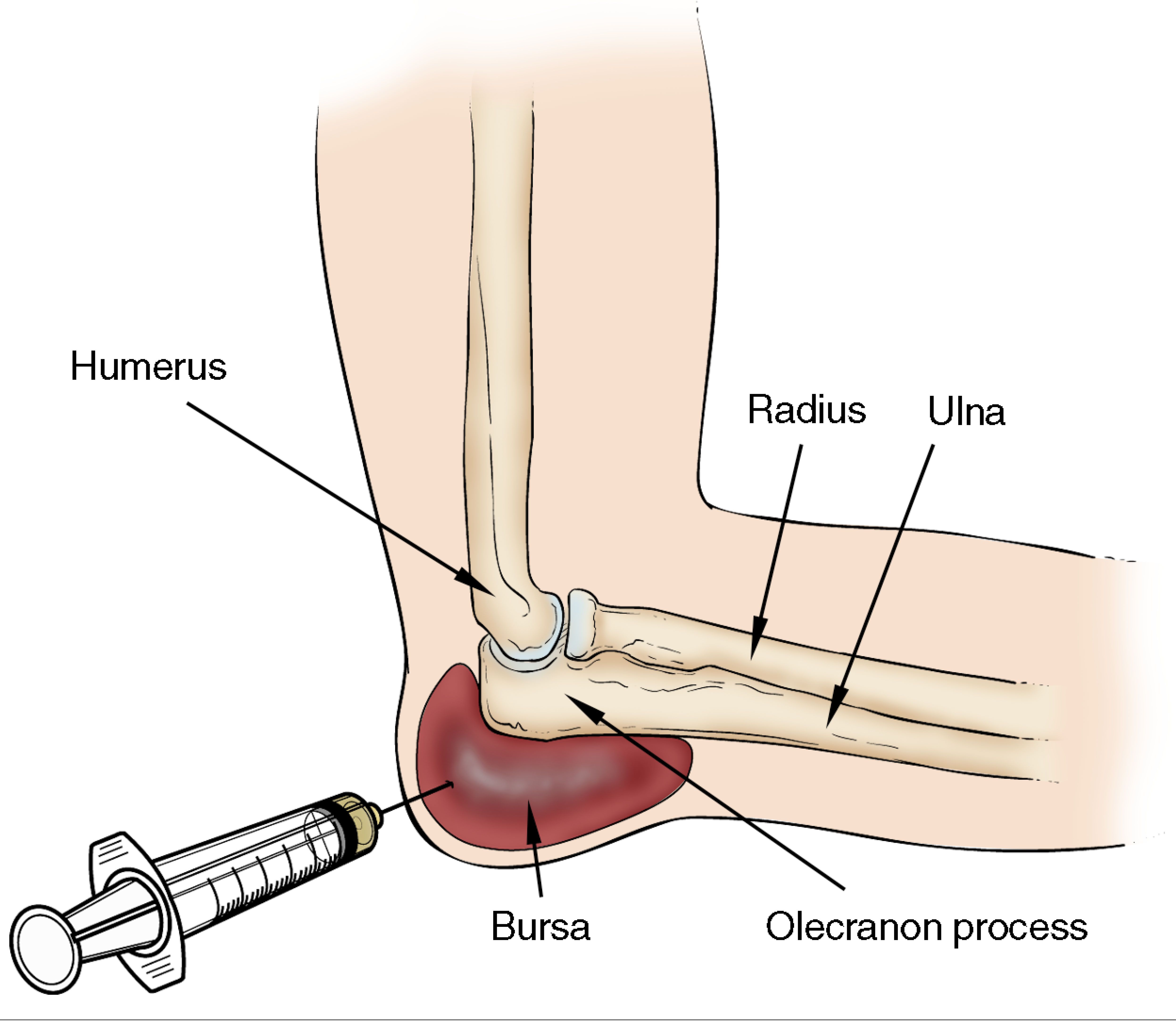
Elbow (Olecranon) Bursitis - OrthoInfo - AAOS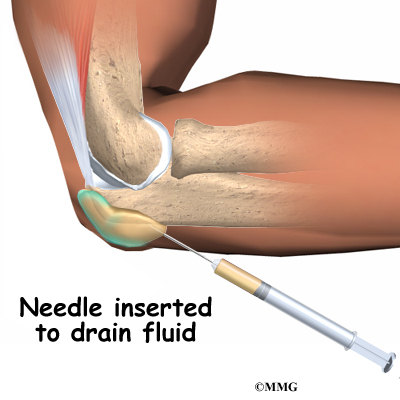
Olecranon Bursitis | eOrthopod.com:max_bytes(150000):strip_icc()/elbow-bursitis-2548542_V2-5c70210ac9e77c0001ddce87.png)
Elbow (Olecranon) Bursitis: Signs and Treatments
Olecranon Bursitis | eOrthopod.com
Elbow Bursitis – Olecranon Bursa Inflammation and Swelling
Home drain of bursitis / Cauliflower elbow - YouTube
3 Ways to Treat Elbow Bursitis - wikiHow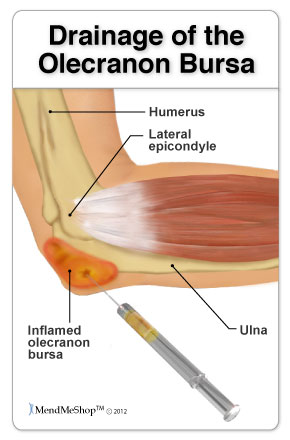
Bursa Removal Post Surgery Rehabilitation - Bursitis
Elbow Bursitis: Symptoms, Treatment, and Prevention
Elbow (Olecranon) Bursitis Drainage with Blood - YouTube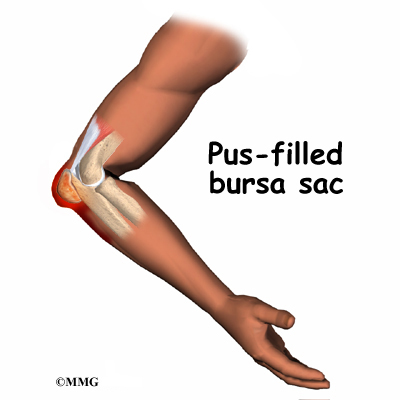
Olecranon Bursitis | eOrthopod.com
Water heater alarm: How to drain fluid from elbow
3 Ways to Treat Elbow Bursitis - wikiHow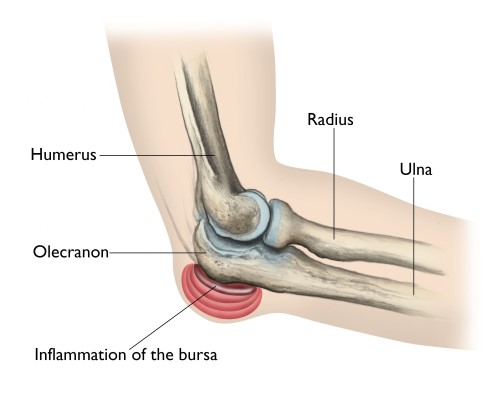
Elbow (Olecranon) Bursitis - OrthoInfo - AAOS
Elbow Drained, Olecranon Bursitis Aspirated in Clinic - YouTube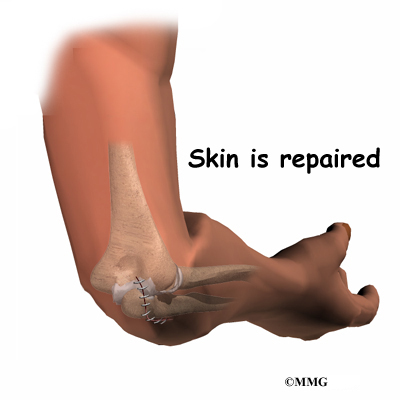
Olecranon Bursitis | eOrthopod.com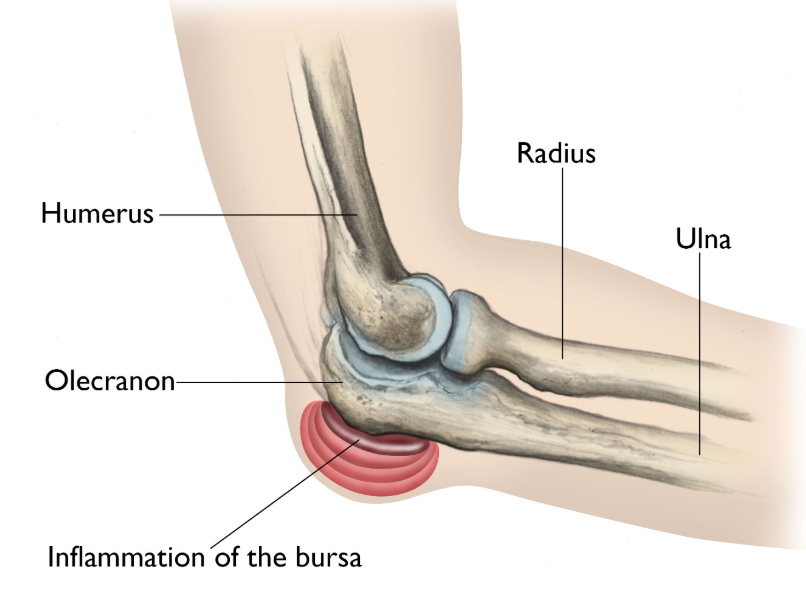
Olecranon Bursitis: The Knobbly Elbow — MAX Remedial Massage and Therapy
Olecranon Bursitis | eOrthopod.com
Getting my elbow drained. Swollen bursa sac due persistent bursitis. - YouTube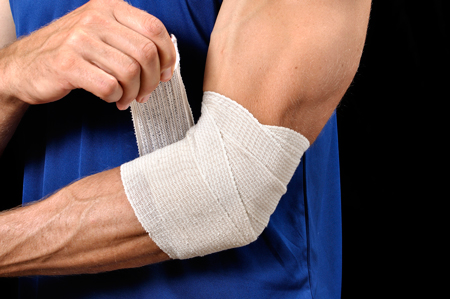
Olecranon Bursitis
Elbow Bursitis: Symptoms, Treatment, and Prevention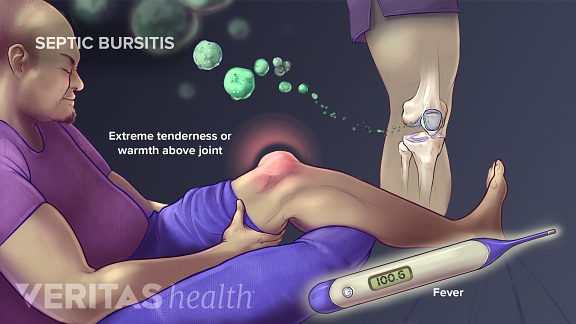
Septic Bursitis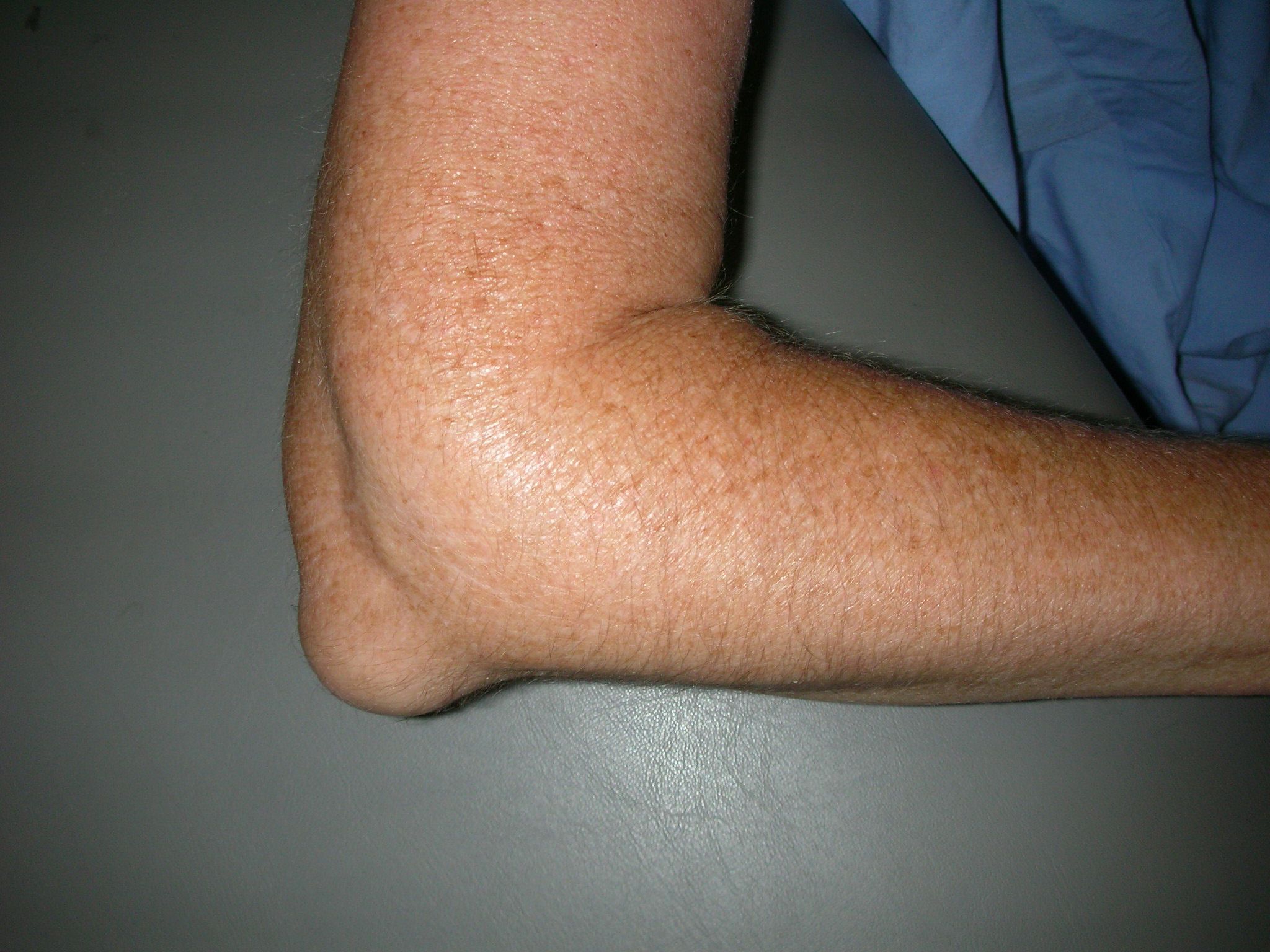
Elbow (Olecranon) Bursitis - OrthoInfo - AAOS
Elbow Bursitis – Olecranon Bursa Inflammation and Swelling/175170768-56a6d9795f9b58b7d0e51b41.jpg)
How Elbow Bursitis Is Treated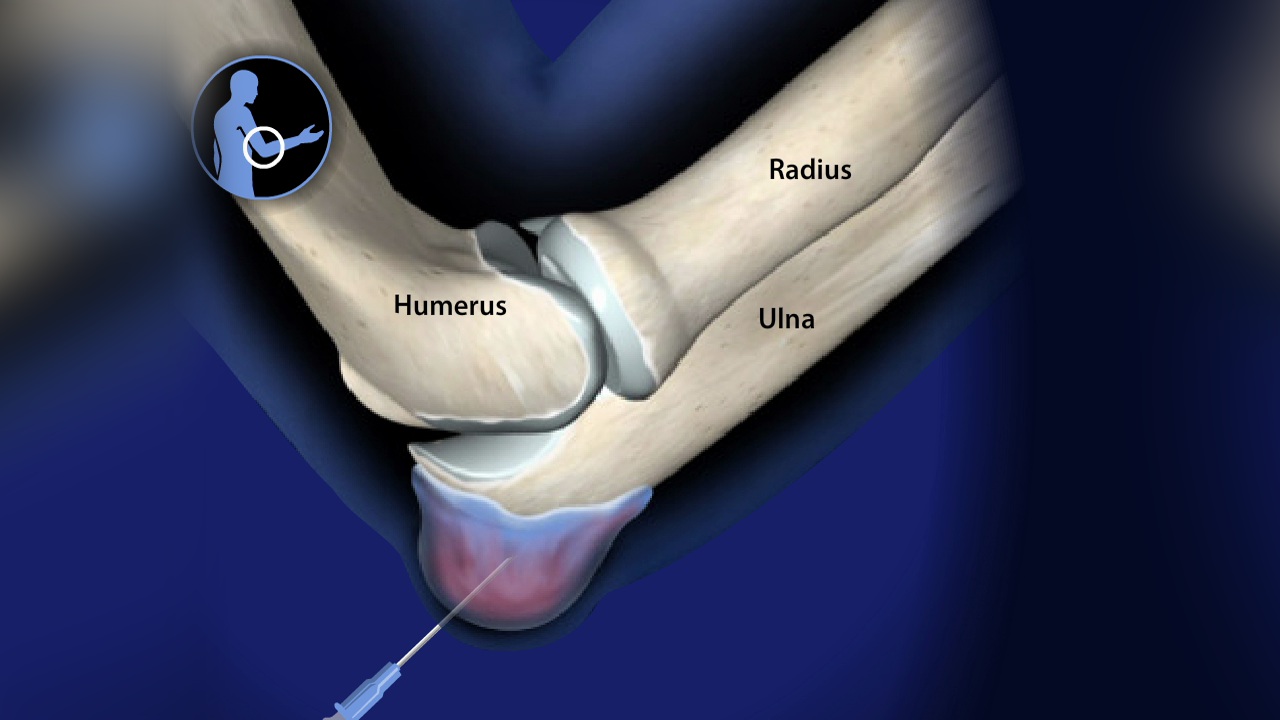
Olecranon Bursitis
Elbow Bursitis: Symptoms, Treatment, and Prevention
Common Superficial Bursitis - American Family Physician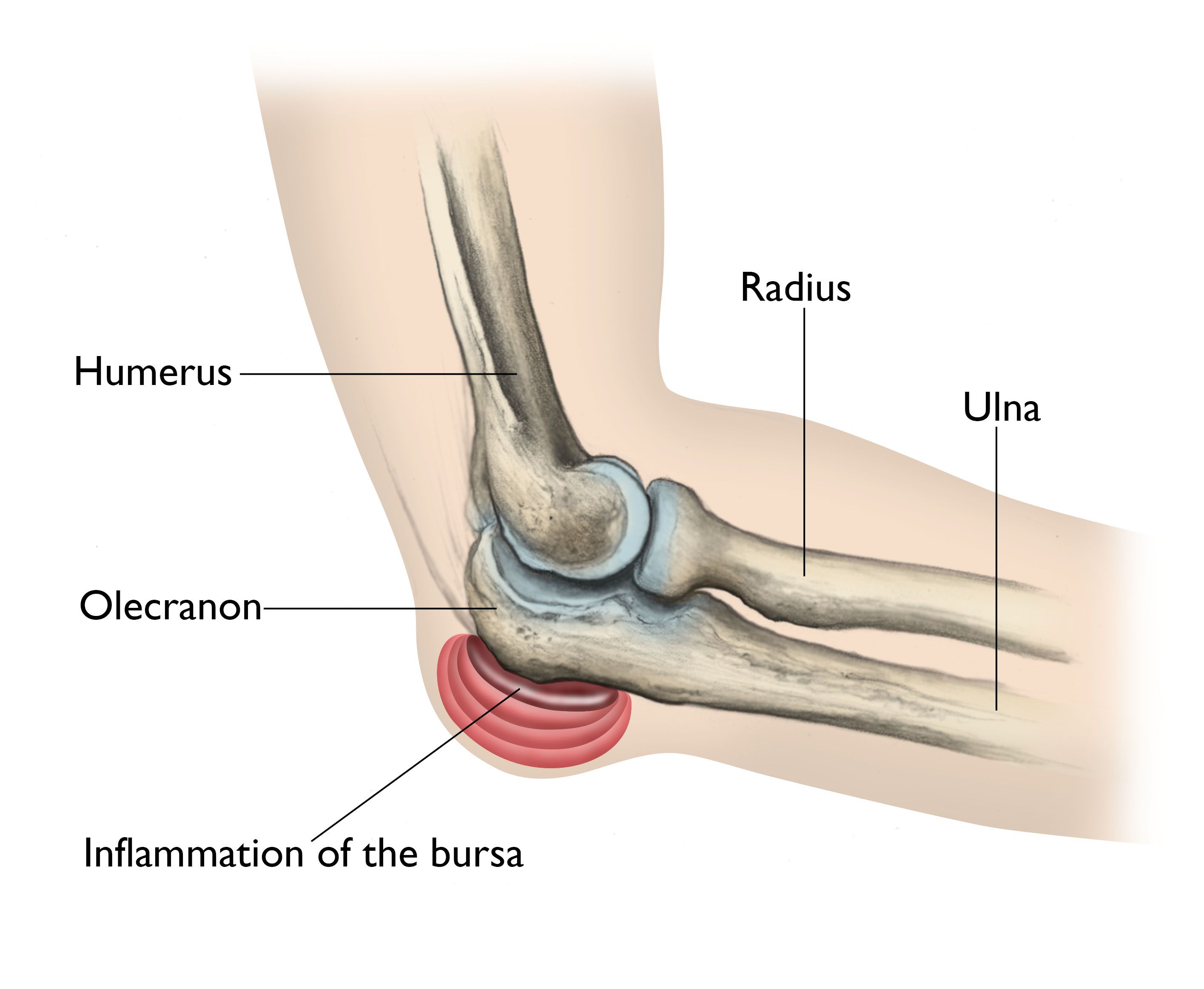
Elbow (Olecranon) Bursitis - OrthoInfo - AAOS
Bursitis of the Elbow (Olecranon)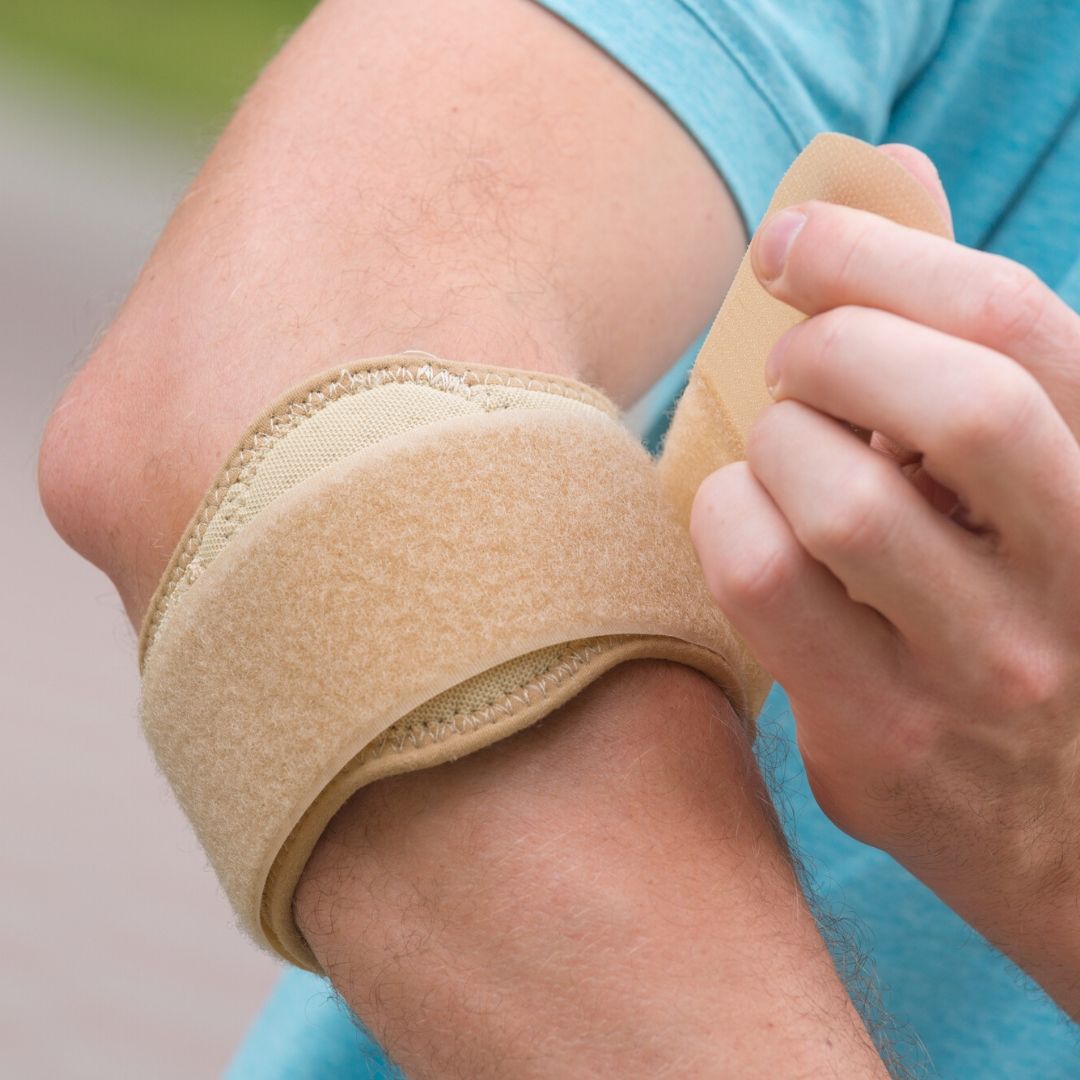
Student's Elbow - Common causes and treatment - Holistic Bodyworks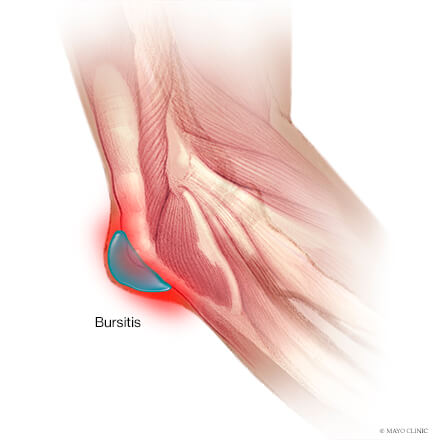
Elbow Bursitis - Sports Medicine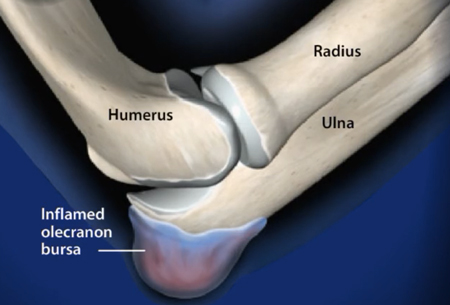
Olecranon Bursitis
Ruptured Bursa Elbow (Page 1) - Line.17QQ.com
Common Superficial Bursitis - American Family Physician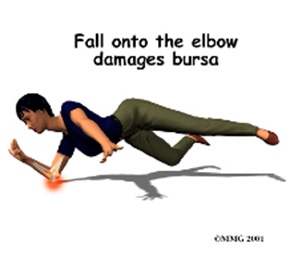
ELBOW BUMP OR OLECRANON BURSITIS | Centre For Musculoskeletal Medicine
Elbow Bursitis: Symptoms, Treatment, and Prevention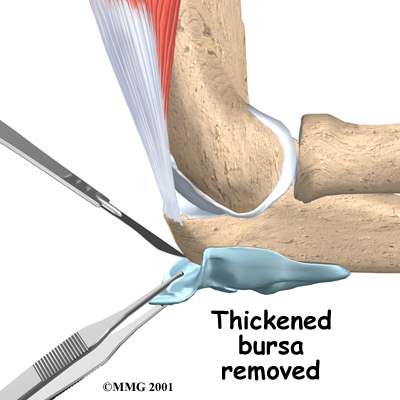
Physical Therapy in Ellenton for Elbow Pain - Olecranon Bursitis
 Swollen Elbow Drained | Olecranon Bursitis Aspirated - YouTube
Swollen Elbow Drained | Olecranon Bursitis Aspirated - YouTube


:max_bytes(150000):strip_icc()/elbow-bursitis-2548542_V2-5c70210ac9e77c0001ddce87.png)


















/175170768-56a6d9795f9b58b7d0e51b41.jpg)












Posting Komentar untuk "can i drain my own elbow bursitis"